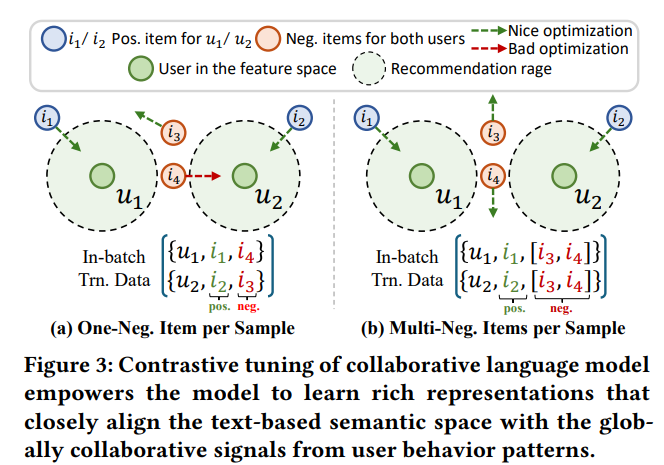In the era of information explosion, accurate and efficient information screening is crucial. As a solution to information overload, recommendation systems often face the problem of deviation between recommendation results and user preferences. EasyRec, developed by a team from the University of Hong Kong, provides an innovative solution to this problem. It is a recommendation system based on language models that can accurately predict user preferences and improve recommendation efficiency even when data is scarce.
In an era of overwhelming information, recommendation systems have become an important assistant for us in filtering information. However, have you ever been disappointed because the recommended content is not to your taste? Or when using new applications, the recommendation system always seems to be unable to accurately grasp your needs? Now, the emergence of EasyRec may be able to solve these problems.
EasyRec, developed by a team from the University of Hong Kong, is a recommendation system based on language models. What makes it unique is that it can predict user preferences by analyzing text information even without a large amount of user data.

The core technology of this system is the text behavior alignment framework. This technology predicts the user's potential preferences by analyzing user behavior stories, such as products browsed and reviews read, and combined with emotions and details.
The smart thing about EasyRec is that it combines contrastive learning and collaborative language models. The system not only learns the characteristics of products that users like, but also learns the data of other users. Through comparative analysis, it finds the products that are most likely to attract users.

Tests on multiple real-world datasets show that EasyRec surpasses existing models in recommendation accuracy, especially in zero-shot recommendation scenarios that handle new users and new items.
Another advantage of EasyRec is its plug-and-play nature, which allows easy integration into existing recommendation systems. This allows both business users and academic researchers to quickly improve the performance of recommendation systems.
As technology continues to advance, the potential of EasyRec is being further explored. It will not only improve the understanding of commercial recommendation systems, but may also bring new breakthroughs to academic research.
Paper address: https://arxiv.org/pdf/2408.08821
With its unique text behavior alignment framework and contrastive learning mechanism, EasyRec shows excellent performance in zero-sample recommendation scenarios, providing new ideas for solving the challenges faced by recommendation systems. Its plug-and-play feature also facilitates a wide range of applications, and it is worth looking forward to its further development in the commercial and academic fields in the future.